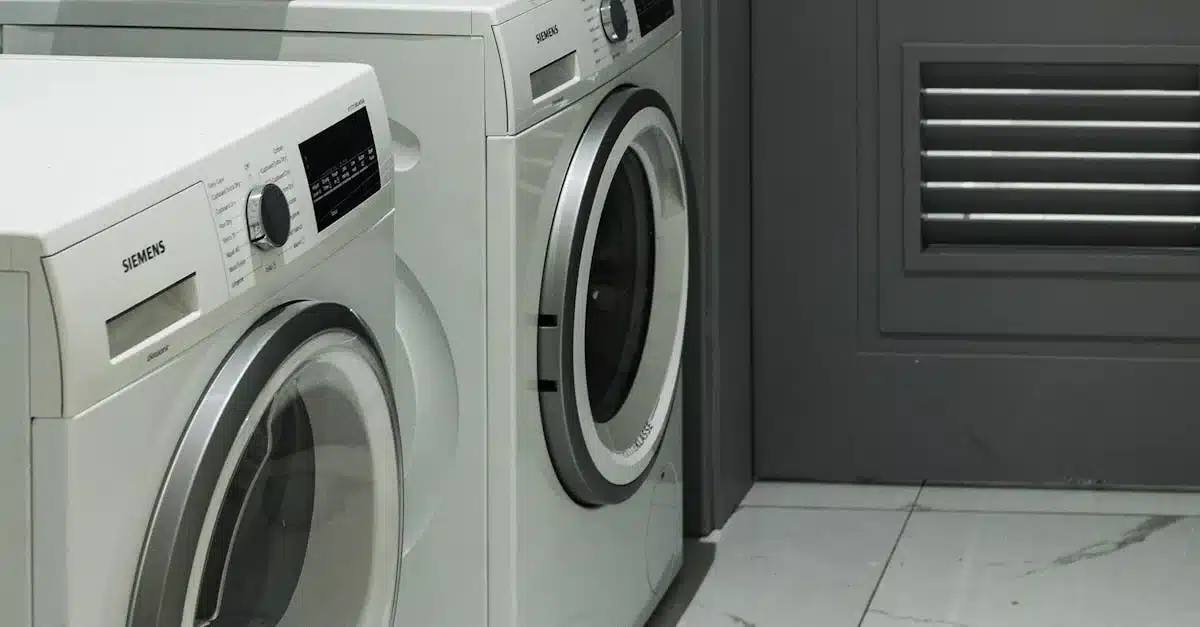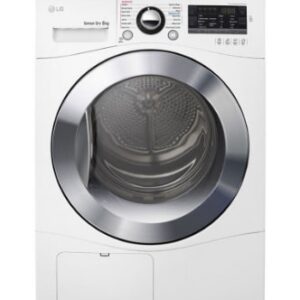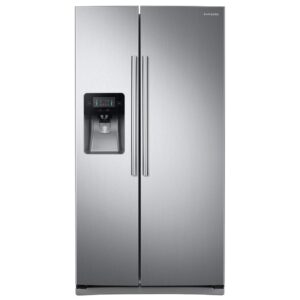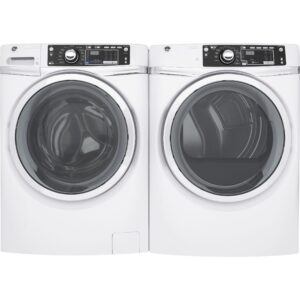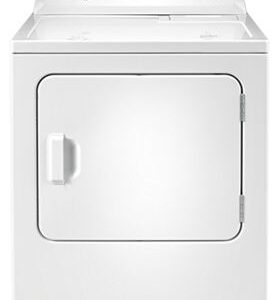Designing a functional and efficient laundry room space is a crucial aspect of any home. Whether you’re building a new house or renovating an existing one, understanding the ideal washer and dryer measurements is essential. After all, you want to ensure that your new washer dryer set fits seamlessly into the designated laundry area while leaving ample room for maneuvering and accessibility. In this comprehensive guide, we’ll explore the standard washer and dryer sizes for various types of washers and dryers, as well as provide practical tips on optimizing your laundry room layout to accommodate your needs.
Measuring Your Laundry Space
Before you even begin shopping for a new washer dryer combo, it’s crucial to assess the available space in your laundry area. This will not only help you determine the appropriate washer size and configuration of your appliances but also ensure a smooth delivery and washer dryer installation process. Start by taking precise measurements of the height, width, and depth of washer and dryer of the designated space, including any obstructions or obstacles that may impact the placement of your machines.
Measuring the Height
When it comes to the washer and dryer height of your space, the key consideration is the clearance required for your chosen appliances. For top load washer units, you’ll need to allow at least 20-24 inches of space above the machine to accommodate the fully opened door. On the other hand, front load washer units and dryers paired with washer dryer pedestals will require additional height to account for the elevated placement.
Measuring the Width
The standard washer and dryer width ranges from 24 to 30 inches. However, it’s important to factor in the necessary washer dryer clearance around the appliances. Experts recommend leaving an inch of space on each side and between the side-by-side washer and dryer to minimize noise and vibration. This means you’ll need a total width of at least 54 inches (3 feet) to accommodate a standard washer dryer side by side dimensions.
Measuring the Depth
When it comes to the depth of washer and dryer, you’ll need to consider not only the dimensions of the appliances themselves but also the additional space required for venting, water connections, and door clearance. As a general rule, allow for at least 6 inches of depth behind the machines to accommodate these essential components. Additionally, ensure that you have a minimum of 3-4 feet of clearance in front of the appliances to allow for easy loading and unloading.
Exploring Washer and Dryer Dimensions
Now that you’ve measured your laundry space, it’s time to dive into the specific dimensions of various washer and dryer models. Understanding these details will help you make an informed decision and ensure a perfect fit in your designated area.
Standard Washer and Dryer Dimensions
While there is no single “standard” size for washers and dryers, the average size of washer and dryer for a side-by-side pair are approximately 27 inches in washer dryer width, 38-42 inches in washer and dryer height, and over 30 inches in depth of washer and dryer.
Front-Load Washer and Dryer Dimensions
Front-loading washers and dryers tend to be slightly shorter than their top-loading counterparts. A standard front load washer is typically 27 inches wide, 33-39 inches in height, and 29-33 inches in depth. Front-load dryers, on the other hand, are usually 27-29 inches wide, 36 inches in height, and 30-35 inches in depth.
Top-Load Washer Dimensions
Top load washer units generally have a width of 27 inches, a height of washer and dryer of 36-42 inches, and a depth of 25-28 inches. Remember to account for an additional 24 inches of clearance above the machine to accommodate the fully opened door.
Stackable Washer and Dryer Dimensions
If you’re short on floor space, a stacked laundry center can be an excellent solution. These front-loading machines are designed to be safely stacked, with dimensions of stackable washer and dryer of 27 inches in width, 75 inches in height, and 30-34 inches in depth.
Compact Washer and Dryer Dimensions
Compact washers and dryers are ideal for small spaces, such as apartments or condos. Typical compact washing machine dimensions are 24-27 inches wide, 33-36 inches high, and 22-25 inches deep, while compact dryers have similar dimensions.
Large Capacity Washer and Dryer Dimensions
For those who require more washing and drying power, large capacity appliances like a large capacity dryer are available. These machines tend to be 27-30 inches wide, 38-40 inches in height, and 30-35 inches in depth.
Optimizing Your Laundry Room Layout
With a clear understanding of the various washer dryer dimensions, it’s time to start planning the layout of your laundry room. Here are some tips to help you maximize the available space and ensure a comfortable, efficient workflow.
Considering Door Clearance
When positioning your washer and dryer, be mindful of the washer dryer clearance dimensions required. Ensure that the machines are not placed too close to walls or other obstacles, allowing for at least 20 inches of clearance in front of the appliances to accommodate the fully opened doors.
Prioritizing Accessibility
Arrange your laundry area with accessibility in mind. Leave a minimum of 4 feet of clear space in front of the appliances to make it easy to load and unload your clothes. If you opt for front-loading machines, consider adding washer dryer pedestals to reduce bending and strain.
Incorporating Storage and Countertops
Maximize the functionality of your laundry room by incorporating storage solutions and countertop space. Dedicate an area for folding and sorting clothes, and consider installing cabinets or shelves to keep detergents, fabric softeners, and other laundry essentials within reach.
Ensuring Proper Ventilation
Don’t forget about the importance of proper washer dryer ventilation in your laundry room. Make sure to leave at least 6 inches of clearance behind the dryer to accommodate the vent hose and allow for adequate airflow. Consider a ventless dryer if venting is a challenge.
Other Laundry Room Considerations
While the dimensions of your washer and dryer are crucial, there are a few other factors to keep in mind when designing your laundry space.
Pathways and Doorways
Measure the width and height of any doorways, hallways, or stairways that the appliances will need to pass through during washer dryer delivery and installation. Ensure that these pathways are at least 32 inches wide, with a preferred width of 36 inches or more.
Electrical and Plumbing Requirements
Consult with a professional to ensure that your laundry room is equipped with the necessary electrical and plumbing washer dryer connections to support your new washer and dryer. This may include dedicated circuits, appropriate voltage, and properly installed water supply lines and drainage.
Noise Reduction
To minimize the impact of noise and vibration, leave at least an inch of space between the washer and dryer, as well as on each side of the appliances. Consider installing the machines on a solid, level surface, and explore options for sound-dampening pads or mats for washer dryer noise reduction.
Conclusion
Designing a functional and efficient laundry room starts with understanding the appropriate washer and dryer space requirements. By carefully measuring your available space using laundry area measuring tips, exploring the various appliance sizes, and optimizing the washer dryer placement, you can create a seamless and convenient laundry experience. Remember to consider factors like door clearance, accessibility, storage, and ventilation to ensure a well-designed and practical laundry room that meets your needs. With the right planning and attention to detail, you can enjoy the benefits of a well-organized and hassle-free laundry area for years to come.


